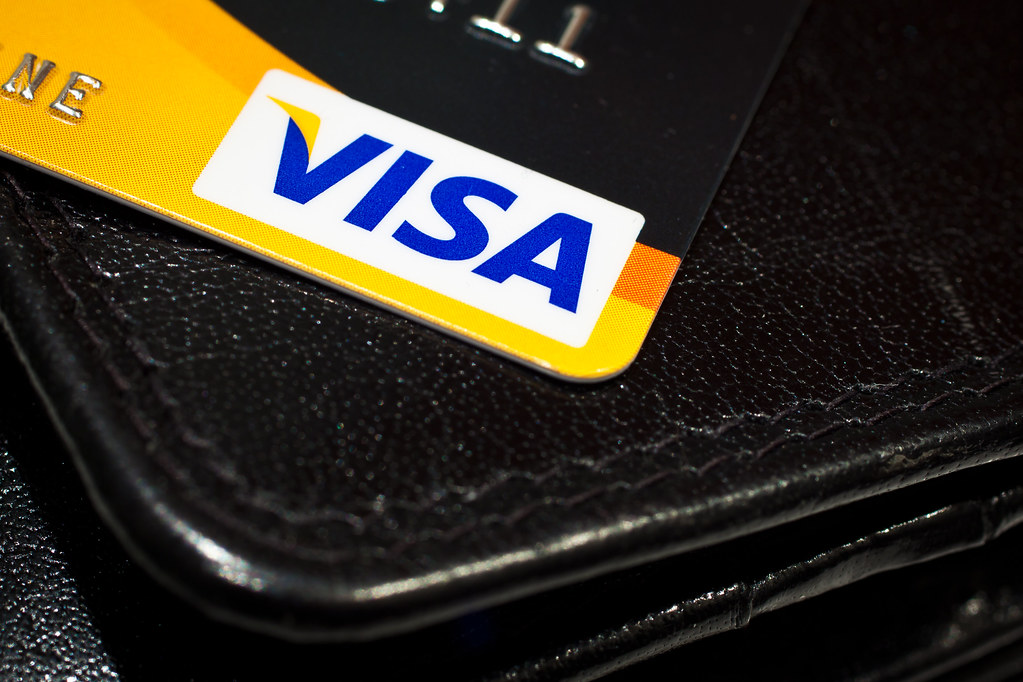Main Points:
- Visa launches a new platform to help banks issue fiat-backed tokens.
- The platform, VTAP, aims to integrate blockchain with traditional financial systems.
- Ethereum is used as the primary blockchain for token issuance.
- BBVA and other major banks will test the platform, with a full pilot planned for 2025.
- Visa is exploring tokenized deposits for cross-border payments in Hong Kong.
- Challenges exist with the fragmentation of tokenization platforms.
- Visa seeks to establish global standards for blockchain financial services.
Visa’s Blockchain Initiative for Tokenized Assets
Visa, a global leader in the payment industry, recently announced the launch of a platform aimed at supporting financial institutions in issuing fiat-backed tokens. This new platform, named Visa Tokenization and Asset Platform (VTAP), is designed to bridge the gap between traditional financial systems and blockchain-based digital solutions. The move represents a significant step towards promoting tokenized assets and integrating blockchain technology into mainstream banking.
VTAP: Revolutionizing Financial Infrastructure
Visa’s VTAP platform will enable banks to issue tokens backed by fiat currencies, facilitating smoother, real-time transactions between clients. The platform is built on Ethereum, a leading blockchain network, which is known for its robust smart contract capabilities and decentralized framework. Visa’s goal is to modernize how financial institutions operate, shifting from legacy systems to a blockchain-powered infrastructure that enables real-time transfers and cross-border payments.

Collaboration with Major Banks
Visa’s VTAP initiative is already being tested by major banks like BBVA in Spain, which is a significant partner in this endeavor. The full pilot program is expected to launch by 2025, utilizing Ethereum for token issuance and exploring the use of tokenized deposits for cross-border transactions. This initiative reflects Visa’s ambition to make digital assets more accessible for both businesses and consumers.
In addition to working with European banks, Visa is also exploring the use of tokenized deposits in Hong Kong. This move is part of Visa’s broader strategy to facilitate cross-border payments, enabling faster, more efficient transfers between countries by leveraging blockchain technology.
Tokenization as the Future of Payments
The adoption of tokenized assets is set to change the financial landscape by allowing faster and more secure transactions. Visa views fiat-backed tokens as a key use case for real-time transfers, particularly in cross-border payments where delays and high fees have traditionally been a concern.
With tokenized assets, banks will be able to move funds seamlessly between accounts, providing clients with 24/7 access to their money. Blockchain technology enhances the security and transparency of these transactions, making it an ideal solution for modernizing the financial infrastructure of banks and payment providers.
Addressing Challenges: Fragmentation of Tokenization Platforms
While Visa’s VTAP platform represents a significant advancement, there are still challenges to overcome. One major issue is the fragmentation of tokenization platforms, where different financial institutions may choose to operate on a variety of public or private blockchains. This could lead to a lack of standardization, making it difficult for banks to collaborate across different networks.
To address this, Visa is working on establishing global standards for blockchain-based financial services. The company aims to make it easier for financial institutions to operate across different blockchain networks, promoting a more integrated and efficient tokenization ecosystem.
Global Standards for Blockchain Financial Services
Visa’s push for global standards in blockchain financial services is not only aimed at enhancing the efficiency of its own platform but also at creating a more unified approach to digital asset management across the industry. This effort will help ensure that banks and financial institutions can seamlessly collaborate and transact with one another, regardless of the blockchain they choose to operate on.
Visa’s vision is to create a globalized tokenization network, where different financial institutions can issue, manage, and transfer tokenized assets with minimal friction. By focusing on establishing these standards, Visa is positioning itself as a leader in the blockchain revolution within the financial industry.
Visa’s Blockchain Vision and the Future of Banking
Visa’s development of the VTAP platform represents a forward-thinking approach to the future of banking, one that embraces the potential of blockchain technology to revolutionize financial systems. By facilitating the issuance of fiat-backed tokens, Visa is not only offering banks a modern solution for real-time payments but also paving the way for broader adoption of tokenized assets in the global economy.
While challenges like platform fragmentation exist, Visa’s commitment to establishing global standards for blockchain financial services demonstrates its dedication to making digital assets more accessible and practical for everyday use. As Visa continues to collaborate with major banks and explore new applications for tokenized deposits, the future of blockchain in the financial world looks promising.


